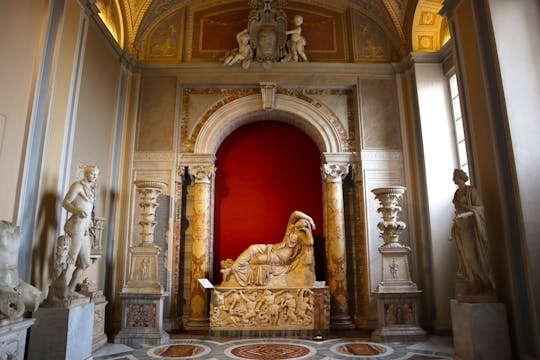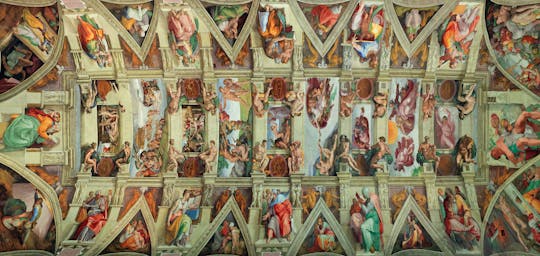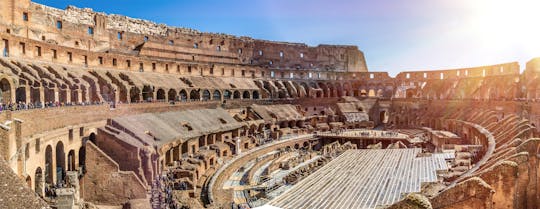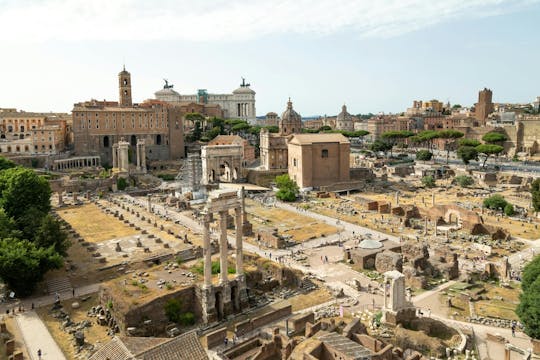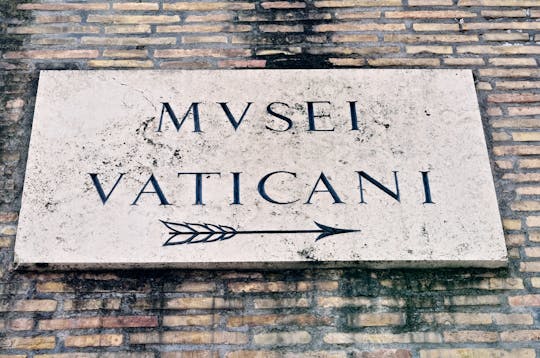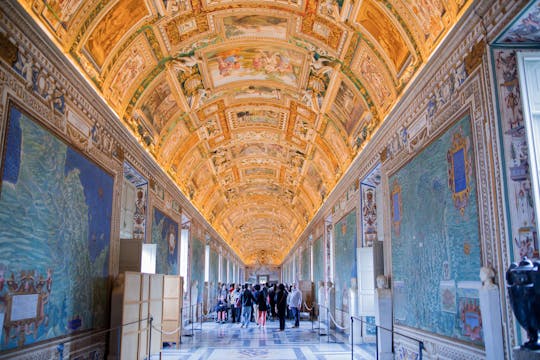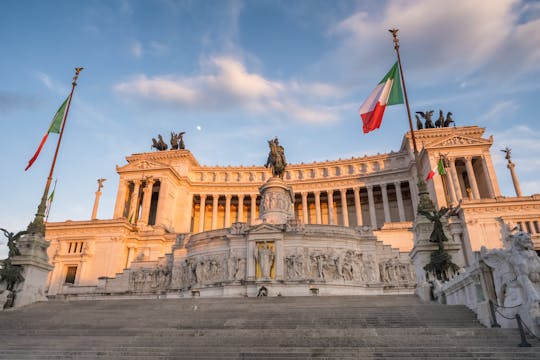Visit the National Museum of Castel Sant'Angelo during a guided tour in English and find out why it can be considered at the same time monument, archaeological area and museum.
The building had an extremely varied use throughout its complex history: erected as an imperial mausoleum, it later became a fortified residence, a prison and finally a monument-museum. Built in the 2nd century A.D. at the behest of the Roman emperor Hadrian as a funerary mausoleum for himself and his family, the monument - henceforth known as the Mole Adriana - was later included in the walls of Rome and transformed into a sort of fortress for the defence of the city, acquiring the appellation castellum. In the early Middle Ages, the appellation of sancti Angeli was added from the legend according to which, in 590, Pope Gregory the Great had a vision here of the archangel Michael sheathing his sword, symbolising the end of the plague that afflicted the city.
Its proximity to St. Peter's, its strategic position and its closed and imposing bulk made Castel Sant'Angelo the centre of political interests, inextricably linking its fate to that of the Church ever since, in 1367, the keys of the building were handed over to Pope Urban V to urge his return to Rome from exile in Avignon. Since then, numerous architectural interventions have been carried out to, on the one hand, strengthen its defensive structure with the construction of the bastions and pentagonal walls, and on the other hand, to make it a papal residence.

